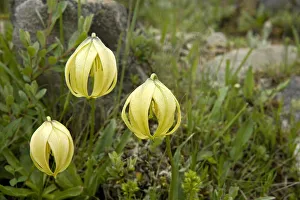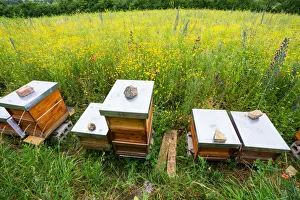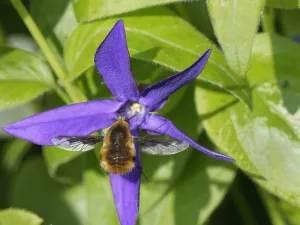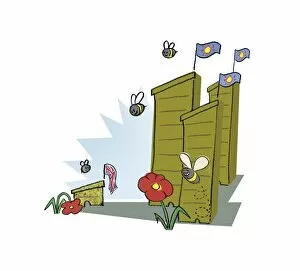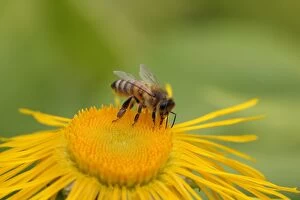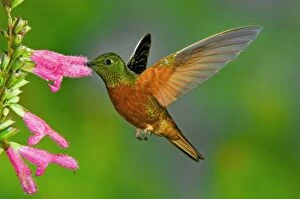Pollinators Collection
"Discover the Vital Role of Pollinators in Our Ecosystems" Pollinators, such as the Early Bumblebee and Lily flowers
All Professionally Made to Order for Quick Shipping
"Discover the Vital Role of Pollinators in Our Ecosystems" Pollinators, such as the Early Bumblebee and Lily flowers, play a crucial role in maintaining our natural world. In Essex, England, an adult male Early Bumblebee is captured feeding on a vibrant helenium flower in July. This interaction showcases the intricate relationship between pollinator and plant. Moving to Hessen, Germany, we find an apiary with bee hives nestled on the edge of a flowering meadow specially designed for honey bees and insects. The sight is not only picturesque but also highlights how humans can support these essential creatures. In Norfolk, England during September, various species demonstrate their importance as pollinators. A Common Bee Fly nectars on a Greater periwinkle flower while a Long-horned Bee feeds on vetch flowers in Causse de Gramat. Meanwhile, a Solitary Bee finds sustenance from another flower nearby. The Slender Mining Bee joins the feast by indulging in sedum flowers alongside other hoverflies like the Hornet Mimic Hoverfly and Late Spring Hoverfly. These diverse species showcase their adaptability and dedication to fulfilling their vital role as pollinators. Lastly, we witness the Common Banded Hoverfly diligently gathering nectar from ivy flowers—a testament to its commitment to sustaining both itself and its surroundings. These captivating moments remind us of nature's delicate balance and highlight why it is crucial to protect our pollinators' habitats worldwide. Without them, countless plant species would struggle to reproduce naturally—resulting in significant consequences for ecosystems globally. Let us appreciate these incredible creatures that quietly ensure our environment thrives by spreading life-sustaining pollen from one bloom to another.


